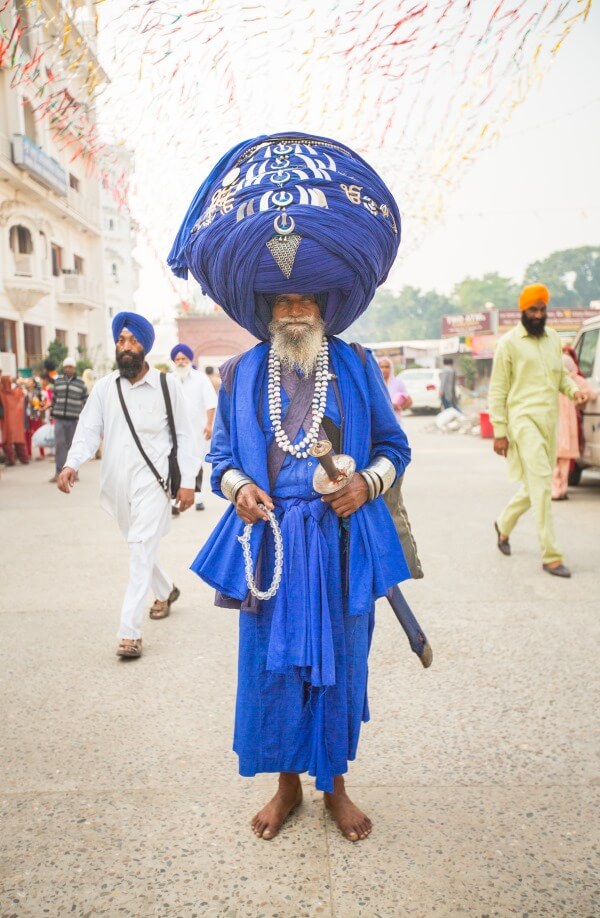
By Emily Polar
Travel Photographer20 Jul 2018 - 6 Minute Read
The Golden Temple is literally a 24-karat-gold-plated temple in Amritsar, Punjab, India, about 10 hours north of Delhi. It’s one of the most revered spiritual sites of Sikhism, but it’s not only Sikhs who make the pilgrimage here. The temple receives and feeds 50,000 to 100,000 people daily from all religions and walks of life, and during big festivals such as Diwali, the numbers can rise to 150,000 per day.
After learning about the openness of this religion, and the number of people they feed, I was brimming with curiosity. I mean, the kitchen?! What did it look like?

Arriving in Amritsar by bus, I was thrown into what felt like pure chaos, the low evening light adding to the disorienting sea of busy streets. I made my way through the snarl of traffic, vendors, and rickshaws to the Golden Temple and my accommodation.
The dorms for volunteers felt like a place for detaining the unruly; one big, windowless room and three smaller rooms filled, wall-to-wall, with beds.
After tossing my things in a locker, I grabbed my camera and set out for the Temple. Also known as Harmandir Sahib (or "Abode of God"), it's breathtaking in the evening, gleaming golden against the dark lake surrounding it. There are four entrances, one on each side of the Temple – not to confuse, but to emphasize that it is open to all – and one bridge leading to the Temple that, I later learned, symbolizes what Sikhs believe to be the ultimate goal of human life – to become one with the Divine.


The next morning, I woke up excited to see the kitchen and the orchestrated dance that it performs 24 hours a day.
I grabbed a plate and followed everyone else to the langar (huge hall) where everyone sits on the ground. Volunteers brought out the food; buckets of lentils, rice, veg, and roti (flatbread).

After we finished our meal, men came with water and brooms, cleaning the floors to prepare for the next batch of people. Each meal takes around 20 minutes, including serving and cleaning up, which allows for three turns per hour.
I followed the other pilgrims down the stairs to the dish drop-off – workers brushed off any extra food and put the plates into big metal buckets.


With my hands free and belly full, I explored the cooking stations. My favorites were the roti stations, where long tubes of dough were rolled, patted, and cooked. There were multiple stations, as well as machines that cranked out more than the humans could. During this Diwali festival, they had all stations producing.


When I wasn’t helping in the kitchen, I roamed the grounds and the city. I made lots of friends in passing, taking photos of each other.
Whenever I returned to the temple, after a jaunt to the busy streets outside of the complex, I’d feel like I was back at home, with a routine and a familiar space.


Discover similar stories in
discovery
Travel Photographer
Emily is drawn to capture images that reveal a sense of wonder and connection – photography that spurs a playful investigation into the lives of people and the land we inhabit.



No Comments